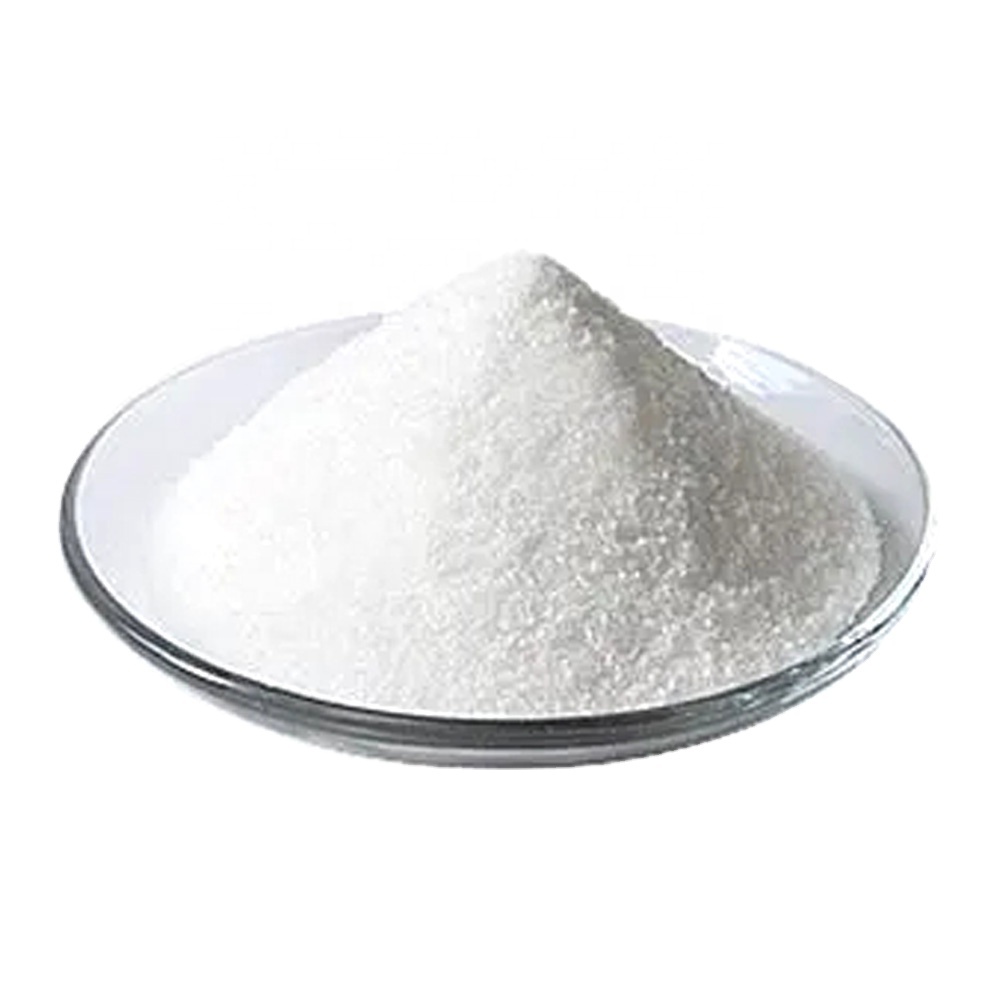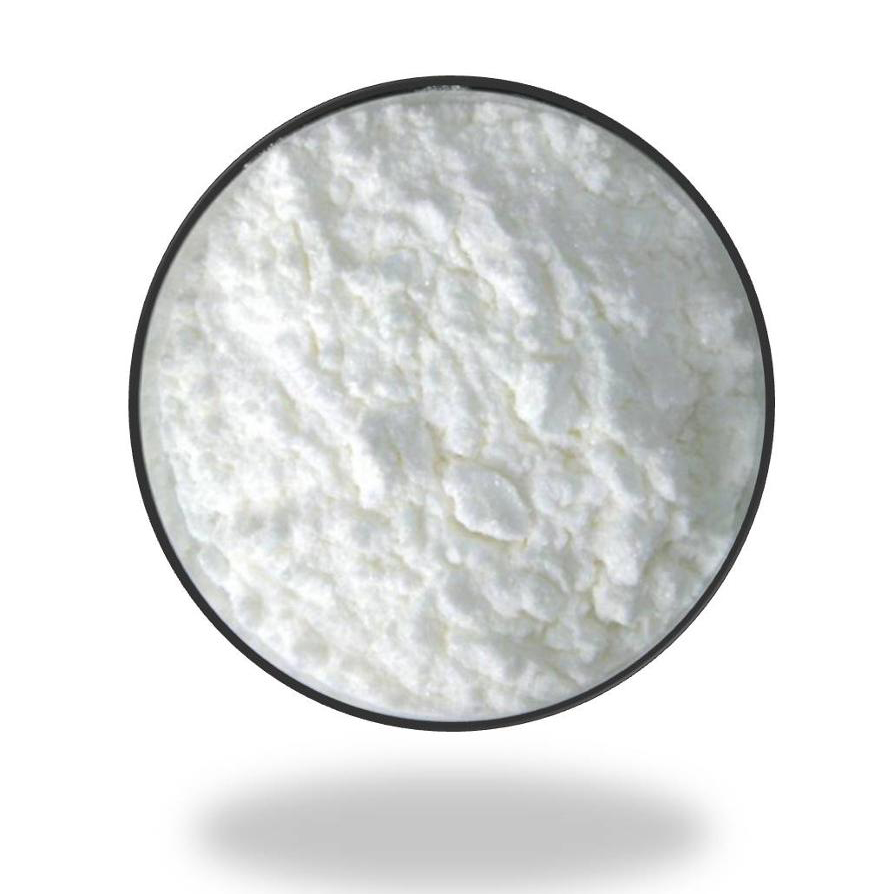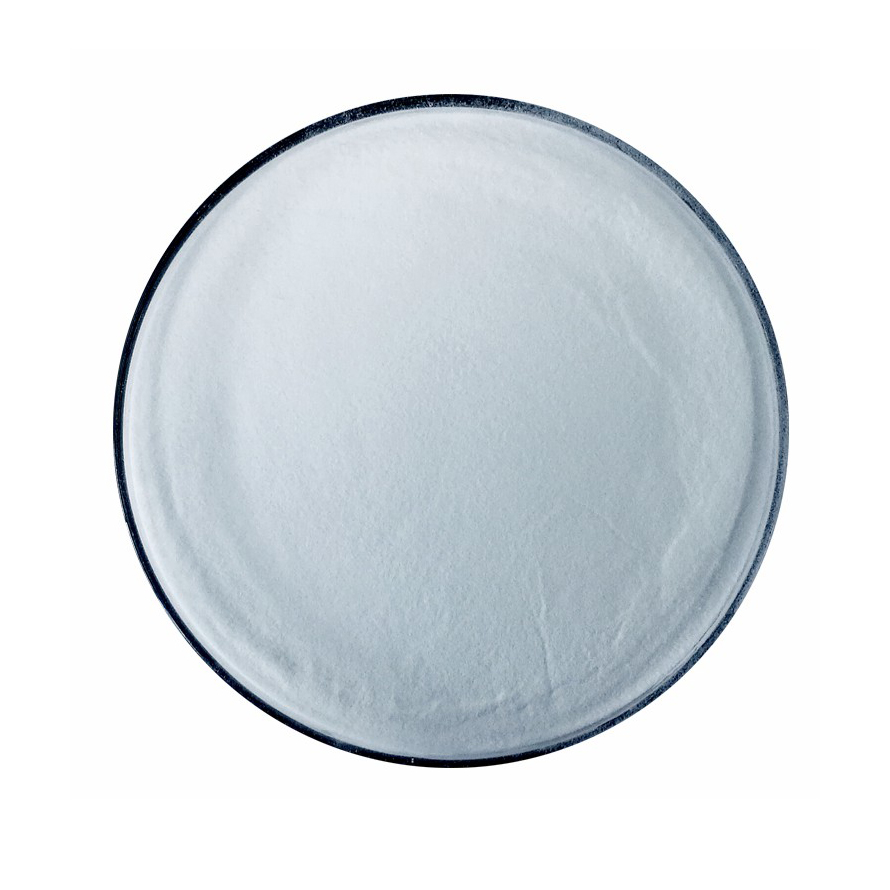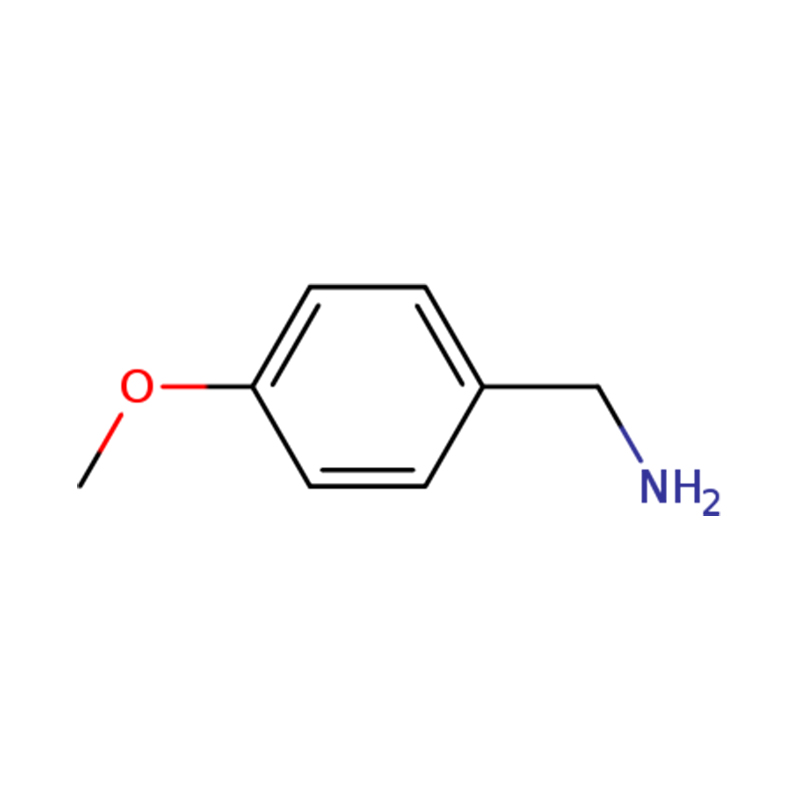China Cheap price Tiotropiumbromidehydrate - Caspofungin for Antifungal Infections – Gentolex
China Cheap price Tiotropiumbromidehydrate - Caspofungin for Antifungal Infections – Gentolex Detail:
Product Detail
| Name | Caspofungin |
| CAS number | 162808-62-0 |
| Molecular formula | C52H88N10O15 |
| Molecular weight | 1093.31 |
| EINECS Number | 1806241-263-5 |
| Boiling point | 1408.1±65.0 °C (Predicted) |
| Density | 1.36±0.1 g/cm3(Predicted) |
| Acidity coefficient | (pKa) 9.86±0.26 (Predicted) |
Synonyms
CS-1171;Caspofungine;CASPOFUNGIN;CASPORFUNGIN;PneuMocandinB0,1-[(4R,5S)-5-[(2-aMinoethyl)aMino]-N2-(10,12-diMethyl-1-oxotetradecyl)-4-hydroxy-L-ornithine]-5-[(3R)-3-hydroxy-L-ornithine]-;CaspofunginMK-0991;Aids058650;Aids-058650
Chemical Properties
Caspofungin was the first echinocandin approved for the treatment of invasive fungal infections. In vitro and in vivo experiments confirmed that caspofungin has good antibacterial activity against important opportunistic pathogens-Candida and Aspergillus. Caspofungin can rupture the cell wall by inhibiting the synthesis of 1,3-β-glucan. Clinically, caspofungin has a good effect on the treatment of various candidiasis and aspergillosis.
Effect
(1,3)-D-glucan synthase is a key component of fungal cell wall synthesis, and caspofungin can exert an antifungal effect by non-competitively inhibiting this enzyme. After intravenous administration, the plasma drug concentration drops rapidly due to tissue distribution, followed by a gradual rerelease of the drug from the tissue. Metabolism of caspofungin increased with increasing dose and was dose-related in the time to steady state with multiple doses. Therefore, in order to achieve effective therapeutic levels and avoid drug accumulation, a first loading dose should be administered followed by a maintenance dose. When using cytochrome p4503A4 inducers at the same time, such as rifampicin, carbamazepine, dexamethasone, phenytoin, etc., it is recommended to increase the maintenance dose of caspofungin.
Indications
FDA-approved indications for caspofungin include: 1. Fever with neutropenia: defined as: fever >38°C with absolute neutrophil count (ANC) ≤500/ml, or with ANC ≤1000/ml and it is predicted that it can be reduced to below 500/ml. According to the recommendation of the Infectious Diseases Society of America (IDSA), although patients with persistent fever and neutropenia have been treated with broad-spectrum antibiotics, high-risk patients are still recommended to use empiric antifungal therapy, including caspofungin and other antifungal drugs. . 2. Invasive candidiasis: IDSA recommends echinocandins (such as caspofungin) as the drug of choice for candidemia. It can also be used to treat intra-abdominal abscesses, peritonitis and chest infections caused by Candida infection. 3. Esophageal candidiasis: Caspofungin can be used to treat esophageal candidiasis in patients with refractory or intolerance to other therapies. Several studies have found that the therapeutic effect of caspofungin is comparable to that of fluconazole. 4. Invasive aspergillosis: Caspofungin has been approved for the treatment of invasive aspergillosis in patients with intolerance, resistance, and ineffectiveness of the main antifungal drug, voriconazole. However, echinocandin is not recommended as first-line therapy.
Product detail pictures:


Related Product Guide:
We are convinced that with joint efforts, the business between us will bring us mutual benefits. We can assure you product quality and competitive price for China Cheap price Tiotropiumbromidehydrate - Caspofungin for Antifungal Infections – Gentolex , The product will supply to all over the world, such as: Chile, America, Ethiopia, Our products have enjoyed a great reputation for their good quality, competitive prices and prompt shipment in international market. Presently, we are sincerely looking forward to cooperating with more overseas customers based on mutual benefits.
Goods just received, we are very satisfied, a very good supplier, hope to make persistent efforts to do better.






